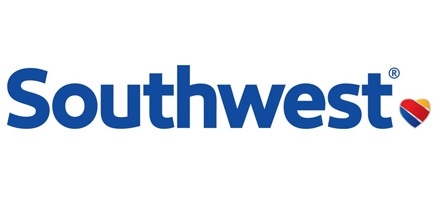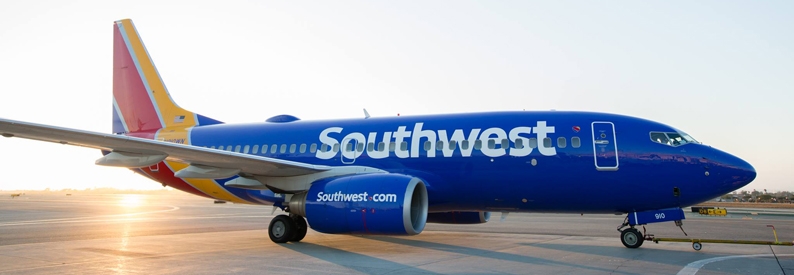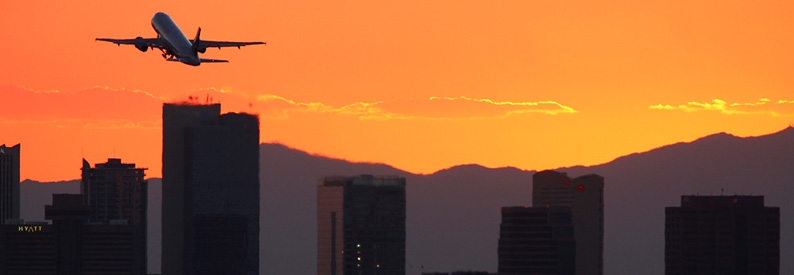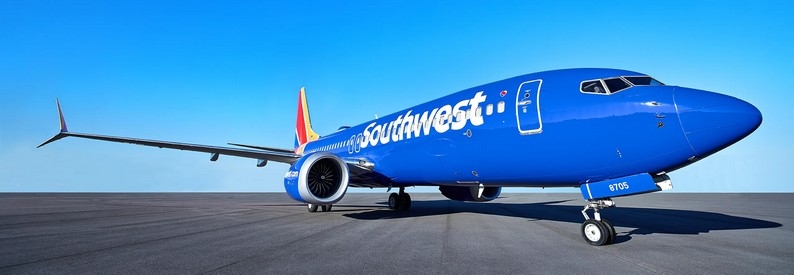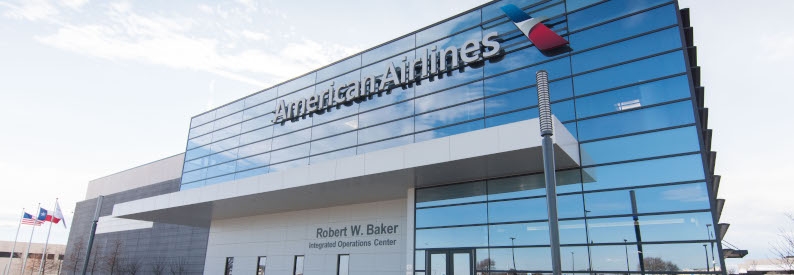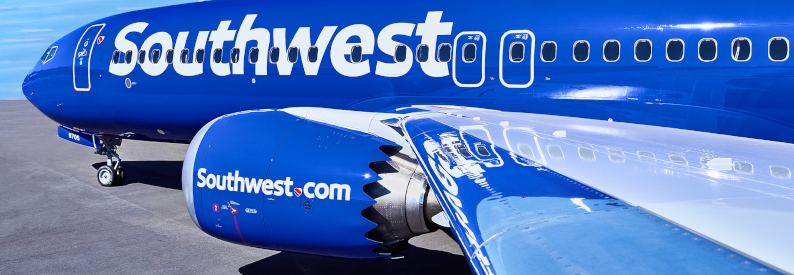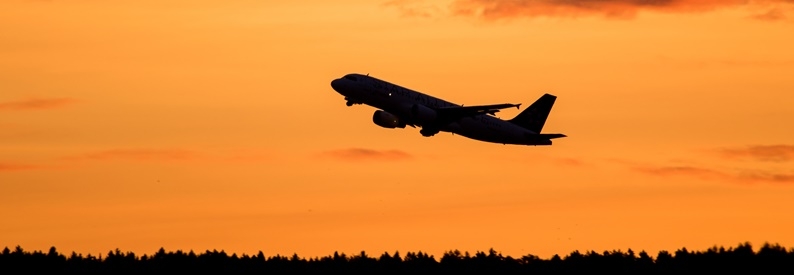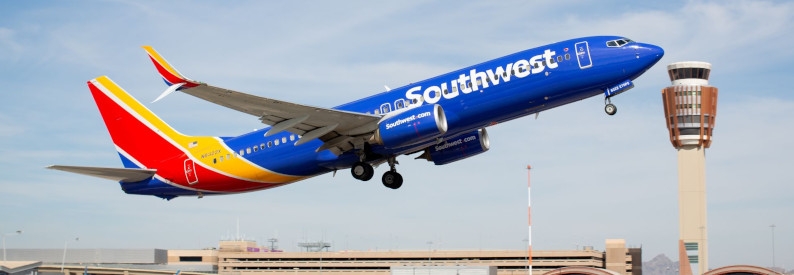Famous for revolutionising US low-cost domestic flying, Southwest Airlines (WN, Dallas Love Field) is now considering expanding to the northern part of South America from its existing footprint in North America, but no immediate services are expected in the short- or medium-term, a company spokesperson says.
The airline was responding to a request for clarification from ch-aviation, after outgoing Chief Executive Officer Gary Kelly recently hinted that after 50 years in service, the US’s largest low-cost carrier might look at intercontinental expansion to South America. "With the Boeing 737, just looking at North and South America, we have all kinds of growth opportunities," he said on CNBC's “Squawk on the Street” podcast.
"Gary and our leadership team frequently cite the potential of additional destinations within the range of the 737, from our existing footprint, which would include the northern horn of South America and all places in between there and our concentrated footprint in North America. No news specific to share and there is no intentional work underway to bring service in the near or medium-term to any country not previously served by Southwest," the company spokesperson clarified.
Kelly revealed a potential stymie of any expansion plans, saying Southwest’s fleet would not be large enough to sustain its current operations and the expected growth in years to come. "We don't feel like we have enough planes for 2022 and 2023, and that’s just doing what you know us to be famous for," he said, referring to the carrier's low-cost domestic flying. Southwest disposed of aircraft to sustain itself financially during the pandemic, including the sale of three B737-700s to domestic startup Avelo Airlines (XP, Burbank).
According to the ch-aviation Commercial Aviation Aircraft Data module, Southwest currently has 747 aircraft, comprising 472 B737-700s (of which 398 are active), 207 B737-800s, and sixty-eight B737-8s. The airline is on a fleet standardisation drive centered on the B737 MAX, with 232 B737-7s and 132 B737-8s on order. Northern parts of South America would be accessible with the B737-7 with its 7,130km range and 150-passenger capacity, ideal for medium-range routes and testing new markets.
Pre-COVID-19, Kelly in 2020 already mooted the possibility down the line of Southwest expanding to South America, at the time suggesting this would happen out of Houston Hobby.
Kelly, who retires as CEO on February 1, 2022, after 17 years at the helm, will remain as executive chairman when Bob Jordan, currently executive vice president (corporate services), takes over as CEO. However, he said that he would maintain a “light touch” while he would stay involved in strategy. “I’m not going to be a super CEO,” he said, stressing that Jordan and his management team would make the decisions on any future expansion.
Southwest currently serves most of its Central American and Caribbean destinations (Guanacaste, San José Cabo, San Juan Luis Muñoz Marin, Aruba, Cancún, Montego Bay, and Punta Cana) predominantly from Baltimore International, Chicago Midway, and Denver International, with up to two daily departures from Atlanta Hartsfield Jackson and three daily ones from Fort Lauderdale International to San Juan.
Strategically, Southwest has made route expansion a core recovery strategy from COVID-19. Rather than deploy more capacity in existing markets where demand will not fully recover for a while, the budget giant is entering new markets to put more of its aircraft and crews to work. While rivals have been exiting markets since the pandemic began a year ago, Southwest has entered or announced plans to launch service to 17 new domestic destinations, including Chicago O'Hare, Miami International, and Houston Intercontinental. It has also started flying to many vacation destinations such as Sarasota/Bradenton and Colorado Springs, important since leisure travel rather than business trips (which Kelly said was down 75%) are leading the recovery in air travel.
- Type
- Base
- Aircraft
- Destinations
- Routes
- Daily Flights
